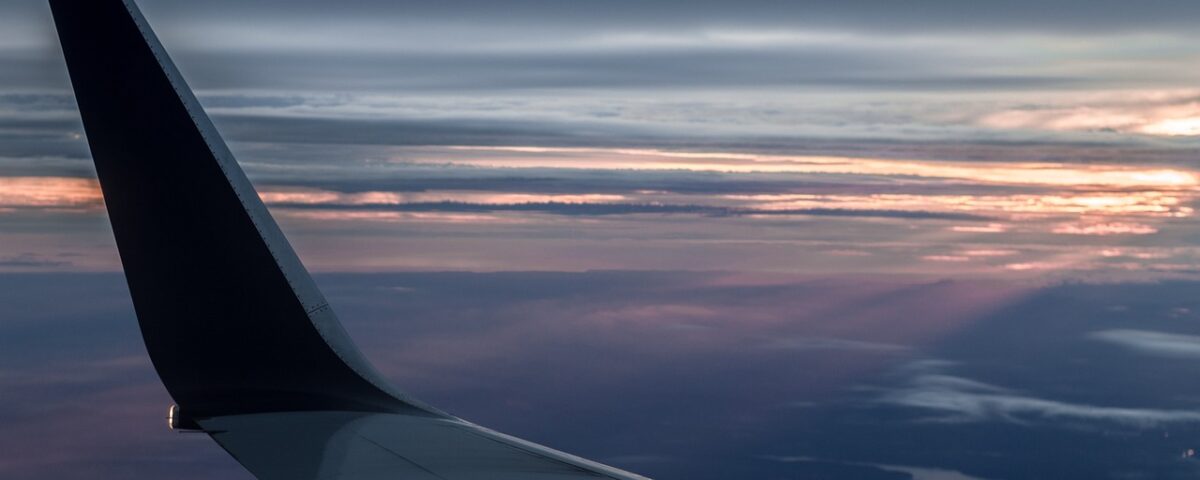How does the weather affect my private jet flight?

The weather can have various impacts on private jet flights. Here are some key factors to consider:
1. Ice and snow:
In very cold weather, the condition of the runway and taxiway at the airport becomes crucial. De-icing the aircraft before the flight is a legal and safety requirement. Private jets are generally less affected by heavy snowfall as they can use smaller airports with quicker snow clearing and de-icing capabilities.
2. Sun and high temperatures:
While aircraft can operate safely in hot and sunny weather, high air temperatures affect the performance of the aircraft. Hot air is thinner, which can impact engine output, aerodynamic capabilities, runway distance requirements, climb performance, and payload. Pilots may need to adjust engine thrust settings accordingly.
3. Fog and poor visibility:
Fog affects all aircraft, including private jets, and can cause flight delays. When visibility drops below a certain level, airports enforce Low Visibility Procedures (LVPs) to reduce the number of aircraft taxing and taking off. Private jets offer flexibility to find gaps in the fog and re-route the flight, minimizing delays.
4. Wind:
Wind direction and speed can significantly affect flight times. Tailwinds increase ground speed and shorten journey times, while headwinds do the opposite. Jet streams, strong westerly winds in the upper atmosphere, can have a significant impact on transatlantic flights. Strong winds can also result in a turbulent journey, but turbulence is not a safety concern.
5. Rain:
Rain itself does not have a major impact on flights, but heavy rain combined with strong winds can lead to considerations and challenges in flight planning. Aircraft are well-equipped to handle rain, with windshield wipers or high-pressure air systems to clear water from the windshield.
6. Thunderstorms:
Thunderstorm clouds, known as Cumulonimbus (CBs), can be a factor in both hot and wet weather. Private jets are equipped to deal with CBs by climbing above the weather on departure, taking longer routes to fly around CBs during the flight, and maneuvering to avoid bad weather on approach for landing. Safety is always the top priority, and pilots will not fly into a CB.
Overall, private jet operators closely monitor weather conditions and work with their clients, aircraft operators, and crew to adjust flight plans, calculate timings, and ensure safe operations in different weather scenarios.
7. Tropical Storms/Hurricanes:
In addition to thunderstorms, hurricanes or other significant tropical storms can also create highly dangerous flying conditions, including extreme turbulence, wind shear, and heavy precipitation. Flights may need to be rescheduled or rerouted to avoid these severe weather systems.
8. Hail:
Hail can cause serious damage to aircraft, particularly to the wings, engines, and cockpit windshields. It’s usually associated with severe thunderstorms, so pilots try to avoid these areas when hail is predicted.
9. Volcanic Ash:
While not a regular weather condition, volcanic ash can have devastating impacts on aircraft, including the potential to cause engine failure. Pilots receive updates on volcanic activity and ash cloud movements to avoid these hazards.
10. Mountain Waves:
Mountain wave turbulence is a type of turbulence that is caused by wind flowing over mountains. It can occur even in clear weather, and can cause uncomfortable and potentially hazardous flying conditions. Pilots and flight planners take this into account when creating flight paths in mountainous areas.
11. Dust and Sand Storms:
In desert regions, dust and sand storms can reduce visibility, damage engines and affect various aircraft systems. Airports in these regions usually have procedures in place to deal with such situations, including closing the airport until the storm passes.
Safety is the utmost priority. Aviation has a long history of studying and learning from weather phenomena to improve flight safety and efficiency. Weather forecasting technology and pilot training continue to improve, allowing for better anticipation and management of adverse weather conditions.
Additionally, weather conditions can impact the comfort of passengers aboard private jet flights. For instance, turbulence resulting from certain weather conditions can cause discomfort, though it’s generally not a safety concern. This is another factor that flight crews take into consideration when planning and carrying out flights.
Furthermore, adverse weather conditions can occasionally lead to the cancellation or delay of flights. While private jet operators are often able to adjust to changing conditions more quickly than commercial airlines, safety always takes precedence, and a flight may be delayed or cancelled if conditions are deemed too risky.
As mentioned, private jet operators closely monitor weather conditions, work with aircraft operators and crew, and use weather planning tools to adjust flight plans and ensure safe operations. This commitment to safety and flexibility is a significant advantage of private jet travel.
Lastly, the potential impact of climate change on aviation is a topic of ongoing study. Changing weather patterns could potentially affect flight routes and times, fuel consumption, and even the design of aircraft in the future. While the specifics of these impacts are still uncertain, it’s a topic that aviation professionals are closely monitoring.



